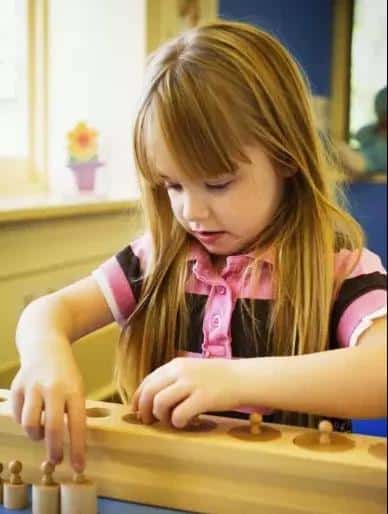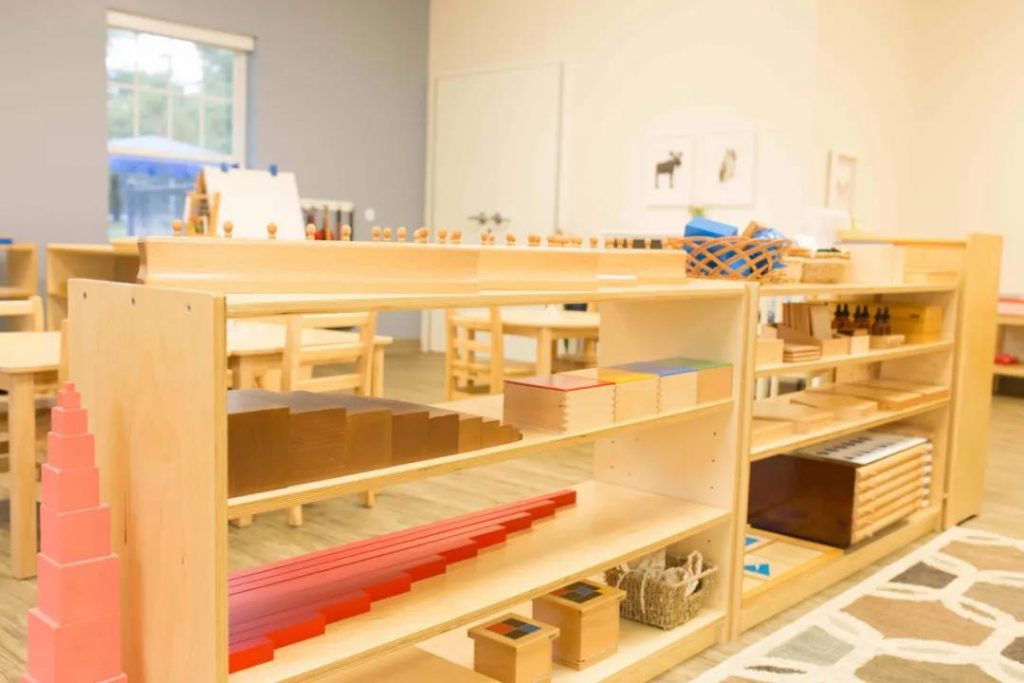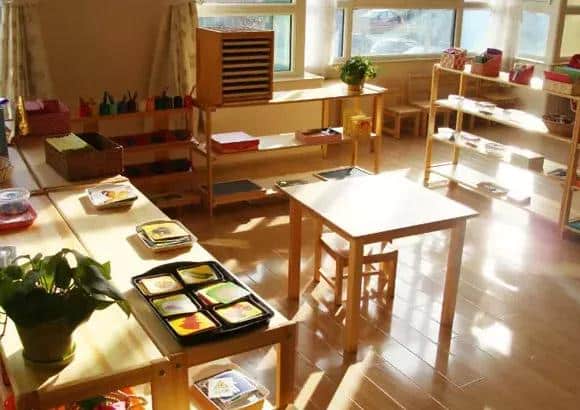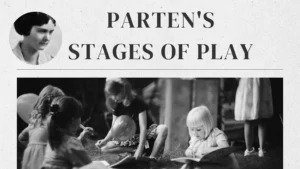Let’s start by answering one of the most frequently asked questions: What is the Montessori Method all about?
The Montessori Method was created by Maria Montessori, a famous Italian child educator. Its purpose is to help children grow naturally. Unlike traditional education methods: Montessori teaching emphasizes working with hands, self-education, and focuses on the development of a child’s sense of order, concentration, independence, and hand-eye coordination.
Continued below:

Children don’t just learn and play, they work
While many parents believe that a child’s life is “play,” Montessori believes that children have the ability and need to learn, and calls this learning activity “work.
“Play” is a kind of play, in which the child gets pleasure from the process of playing and using toys. In contrast, the play focuses on learning while playing and is more recreational in nature.
Work, on the other hand, has an active role in constructing oneself and the social order, as the child works to gradually improve and complete himself or herself.
In a Montessori classroom, the child will do his or her “work” independently, and even if a mistake is made, the child will not be helped to correct it but will be allowed to find the mistake and correct it himself or herself.
Let the environment educate the child

Montessori emphasizes the close relationship between the environment and the child, and that the environment educates the child. The environment plays an important role in the development of the child’s body and mind. It should provide an activity environment that respects the child’s needs, provide appliances that are consistent with their natural development, provide activities that allow the child to create with their hands, and maintain the atmosphere and order of the environment.
Montessori’s requirements for the environment “include supplies made to the child’s size, a bright and fresh room with a low window for flowers, small-sized furniture in the room, a small desk, beautiful curtains, and a small cupboard. This small cabinet is easy to open and is filled with a variety of items that the child can access at will.”
An important part of the environment is the utensils provided to the child, also known as Montessori teaching aids.
Teaching aids are different from toys. Although toys also have educational significance, their main role is for children to play and satisfy their curiosity, and their educational role is not obvious.
Montessori teaching has a specific pedagogical role so that the child can recognize the size, height, weight and order, sequence, etc…
Allowing children to be free and independent, but not permissive
The greatest gain of the Montessori method for the child is not the mastery of the use of this tool and the various knowledge learned from it, but the desire of the child to learn on his own initiative, so that from now on the child knows what he needs and is able to learn on his own initiative according to his needs.
The most important principle of Montessori teaching is to give the child enough freedom, but this freedom is not permissive, not to do whatever you want. The child must be disciplined and learn to follow orders while being free and become a self-disciplined person.
How old is Montessori education for children?
Theoretically, it is suitable for children of all ages. If you believe in love and freedom, then choose Montessori; if you want your child to know as many Chinese characters and many practical skills before school age, then Montessori is not the choice for you.
How to create a Montessori philosophy home?

The first thing is to give your child plenty of love and companionship
Your child’s education is not just a matter of leaving it to the teacher, but it is equally important at home. Some parents are so fond of Montessori that they want to create a Montessori space for their children at home and make the room look like a kindergarten classroom.
We believe that a home should have a home atmosphere, and it is fine to prepare a suitable crib, table and chairs, tableware, and toys for your child, but what your child needs most at home is companionship.
For the child, no matter how cute and comfortable the small sofa you prepare for him, it is not as good as holding him in your arms and sitting together on the big sofa for intimate communication, which can make him feel more happy and satisfied.
Montessori is a philosophy of education, parents and teachers alike is the discoverer, your love should be to deceive the child warm support and rely on, this is a Montessori concept of the home, rather than buy him a few pieces of children’s furniture or toys so simple.
Do the above, and then look at the following:
How can you set up a Montessori environment for your child right at home?
Order in the home environment
Order is simple and can be understood in this way: all kinds of arrangements in the home should be arranged according to a certain “order”.
For example, many parents will put their children’s various toys into a basket, but this is not the right approach. The different toys of the child should be placed in different categories, different cars, blocks, puzzles can be separated. This way when the child is done playing, he or she will put things away on their own and put them in their original place.
It is also very important for children to have a certain “order” in their daily routine. At school, there are rules about what time to eat and what time to go out to play, so that the child has a certain concept of time; but at home, there is no fixed plan for work and rest, so the child will sometimes play with the same thing for a long time, which is also not right so that he knows when to do what.
Design of Montessori room
Montessori’s philosophy has this very important point: to let children can do what they want to do. Therefore, in the Montessori room, the child’s bed should be very low so that he can get out of bed and do what he wants to do when he wakes up.
Besides, some toys, small cabinets, and clothes should be placed as far as possible within the child’s reach, so that he can touch them by himself and thus develop his independence. For example, the child’s closet can be designed with a shorter pole, so that he can choose and hang clothes by himself, instead of asking his parents to help him with everything.
Similarly, if you want to hang paintings in the room to develop your child’s sense of art, you should place them as parallel to your child’s line of sight as possible.
Design of the kitchen
If possible, parents can design a kitchen next to the child “mini size” of various kitchen utensils, so that he can wash their own small bowls, cups, and develop his independence.
The kitchen corner with some small mop, dustpan, and other items is also a good way to train children’s hand-eye coordination and independence. At first, parents can teach their children how to mop the floor and wipe the table, after teaching them, they can handle it themselves if they spill water or see the table dirty.
You can design some special methods or tools yourself for your child to do with his hands.
In fact, there is no specific standard for the Montessori environment, parents can design it according to the characteristics of their children.
For example, for a particularly young child, the steps of getting water, lathering, and drying the table are complicated, so parents can simplify the steps and let the child simply take a cloth and wipe the table with water; they can also buy a small spray bottle and teach the child to wipe the glass.
These are the small details of life, but parents can set some simple tasks, and after teaching them, they will often do it themselves.












